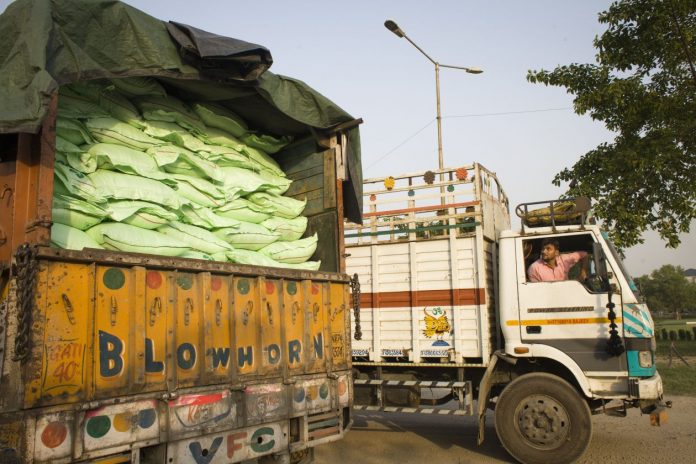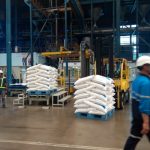Sugar prices are hovering near a three-year low as food companies around the world reduce the commodity in their products and move toward alternative sweeteners amid health concerns including diabetes, obesity and heart disease.
This raises the possibility of a long-term reduction in demand even as the world’s largest producers of sugar are notching record production. Sugar’s downward lurch bucks the trend of other agricultural commodities, such as corn and wheat, whose gluts are easing as heat waves sweeping Europe and Asia slash forecasts for this year’s harvest.
While futures prices have risen 2% for corn and 28% for wheat, raw sugar futures have fallen 30.5% so far this year to 10.54 cents a pound on the ICE Futures U.S. exchange. Sugar is now the worst performing commodity this year and speculators are betting by nearly 2 to 1 that prices will continue to fall.
The marked decline in sugar prices is playing out in varying ways around the world. Consumers stand to gain in Europe, where sugar prices tend to track world-market prices, and in parts of the Middle East and Canada, where sugar is imported at world prices.
Consumers in places like the U.S., Japan and China won’t, though. In those countries, the world sugar price wouldn’t flow through to consumers of sugar support programs that increase the prices consumers pay for sugar.
The losers are large producing countries like Brazil. Producers there are selling sugar at prices that are now below the cost of production, according to analysts.
The downbeat price outlook for sugar is especially striking given that other commodities are doing so much better.
“Currently sugar is telling us a completely different story about the demand side of the equation than we’re hearing just about everywhere else,” said Adam Sarhan, chief executive of 50 Park Investments. Mr. Sarhan is betting sugar prices will continue to move lower.
The problem with demand is down to shifting consumer tastes. Consumers are leaving sugary beverages behind in favor of unsweetened iced teas and flavored seltzer waters. That has major beverage companies shifting priorities.
U.S. soda sales have declined by $1.2 billion over the past five years, according to Susquehanna Financial Group, while sparkling water sales have grown by $1.4 billion, according to market research firm IRI.
Coca-Cola has rolled out new flavors of Diet Coke for the first time in the company’s history in an effort to boost sales. In the latest quarter, Coca-Cola reported double-digit growth in its Coca-Cola Zero Sugar product, while its namesake cola rose 3%.
In Spain, PepsiCo said it has brought down the amount of sugar in its products by 29% compared with 2006 and is working toward the goal of two-thirds of its soft drinks containing fewer than 100 calories.
Südzucker, Europe’s largest sugar producer, last month joined with Tel Aviv-based DouxMatok to commercialize a food product that amplifies the sweetness of sugar. The firm says the technology can reduce up to 40% of the sugar content in various food products without consumers noticing a difference in taste.
“Consumption in Europe and the United States hasn’t grown for years and it isn’t likely to because of the proliferation of alternative sweeteners,” said Judith Ganes Chase, president of commodities research firm J. Ganes Consulting LLC of New York.
While this potentially heralds a secular shift in demand for sugar, supply of the commodity is increasing.
In its monthly update for July, the International Sugar Organization says a record sugar surplus expected this year, followed by a surplus next year, means excessive stocks of sugar will take time to liquidate. Green Pool Commodity Specialists, a consultancy, projects a 19 million-ton surplus this year, the largest ever; INTL FCStone, a brokerage, says this year’s surplus has already offsets two years of deficits.
And producers aren’t cutting back. Sugarcane farmers in India are expanding their acreage following a raft of measures to boost sugar exports that are encouraging production. That is despite the fact that the country, the world’s second-largest producer behind Brazil, has produced 6.5 million tons more sugar than it uses over the year that ends Sept. 30.












